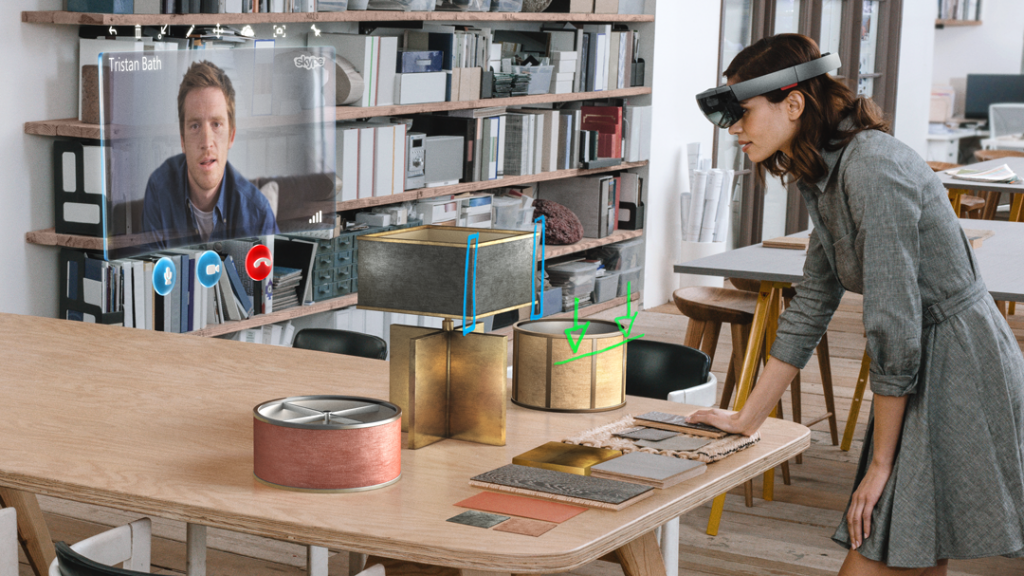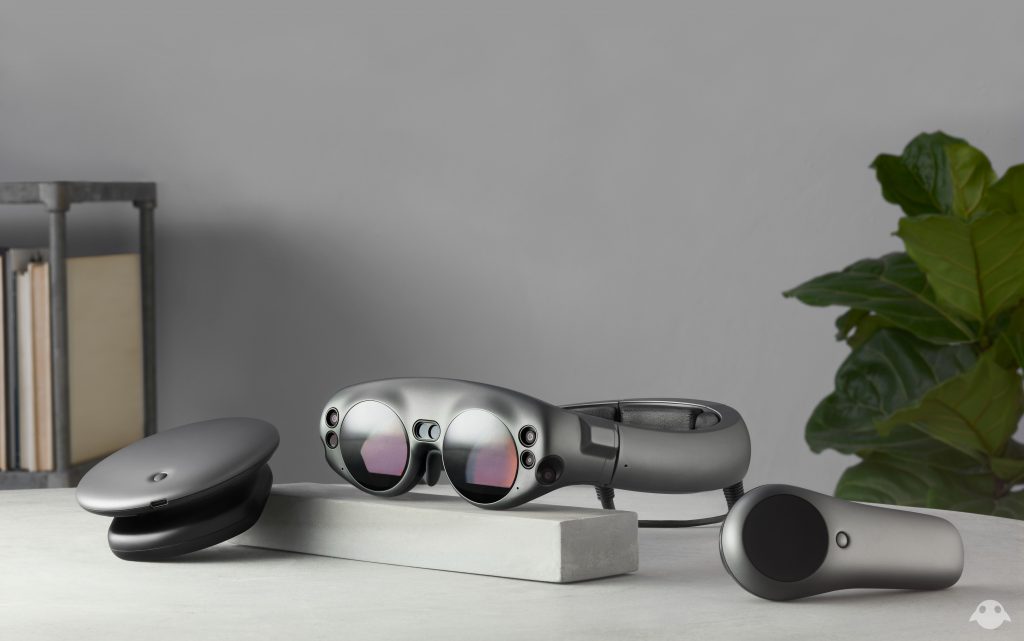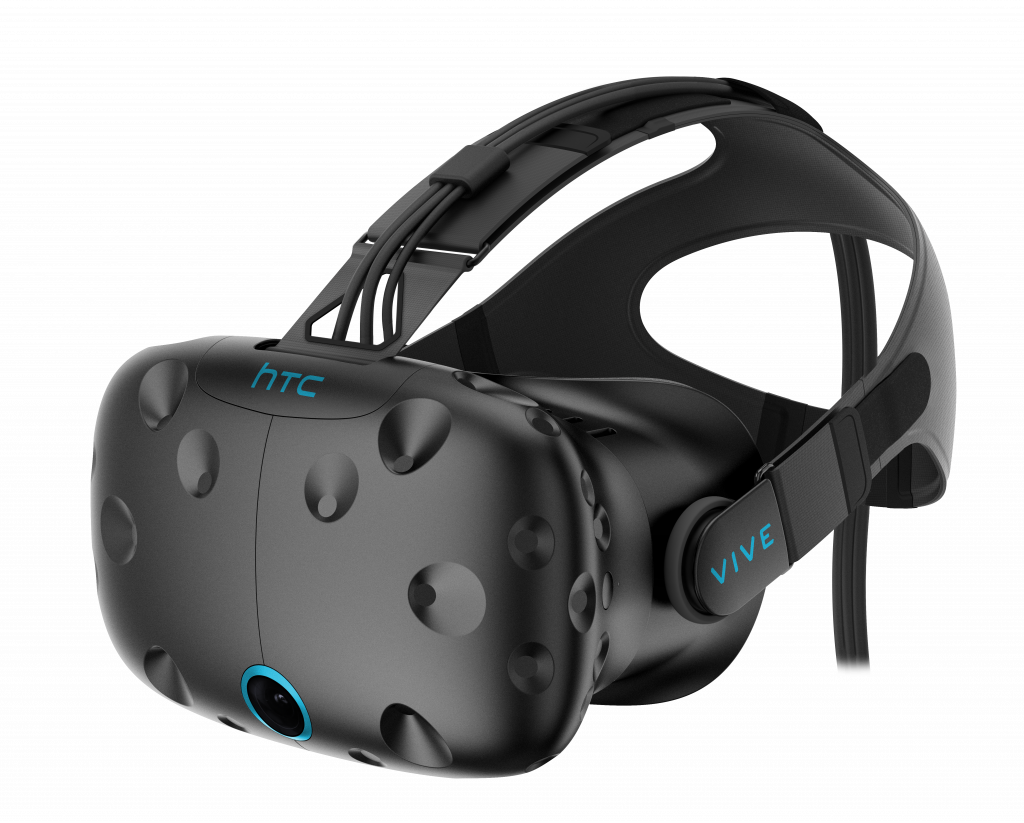The world of augmented reality and virtual reality is still a young one. There are lots of opportunities for start-ups and for brilliant innovators, but we can already identify some leaders and game changers in this world. They are the companies which create and improve AR and VR development platforms, manufacture augmented reality goggles and virtual reality headsets, or produce AR and VR content for the gaming, business and entertainment industries.
Through their work, these companies are groundbreakers. They were not afraid to try and fail, learn from their mistakes, and keep the augmented reality and virtual reality trends alive beyond the stage of novelty. Thanks to these companies, people have new and exciting ways of spending their leisure time, they can do their shopping in a relaxed and comfortable manner and can perform their work more accurately thanks to innovative business tools and devices.
We will not keep you guessing for much longer. These are the top players in the world of augmented reality and virtual reality. For convenience, we organized our lists into two categories, although some companies are involved both in AR and VR development.
Top Players in Augmented Reality
Niantic
A spin-off project of Google, Niantic evolved as an independent and innovative company focused on creating augmented reality games. The key characteristic of Niantic AR games is that it makes people go outside, explore the real world environment and discover augmented reality interactions in select locations.
If Pokémon Go comes to your mind, you guessed right – this game was developed by Niantic and it will be followed this year by a Harry Potter-themed AR game, Wizards Unite.

Microsoft
One of the best known software development companies has joined the race to become one of the leaders in new technologies. Microsoft developed the [amazon_textlink asin=’B0761LXM6G’ text=’HoloLens’ template=’ProductLink’ store=’arpost-20′ marketplace=’US’ link_id=’7b8545fd-f9e8-11e7-81bc-15ed5fe80f59′] headset and describes its approach as mixed reality. The company incorporates both augmented reality and virtual reality in its philosophy and works on games, apps, and even a demo AR version for the well-known messaging service Skype for HoloLens.

INDE
This UK-based company holds several patents and awards in augmented reality technology. INDE develops a wide range of AR solutions, both for smartphones and for large screen, and it has an impressive portfolio of clients including National Geographic, 20th Century Fox, Universal Studios, Smithsonian Museum and WWF.
Vuforia
This company is the creator of the most frequently used software development kit for the development of augmented reality games and apps. Vuforia SDK allows developers to create marker-less and location-based augmented reality interactions and experiences. Its APIs work with a wide range of programming languages, including C++, Java and .Net. It can be used to create both hybrid and Android/iOS native apps.
Magic Leap
A secretive start-up, Magic Leap has attracted funding of $1.5 billion and has kept its projects under wraps until people wondered if it would really produce anything marketable. The waiting is over: the company has opened the pre-orders for Magic Leap One, a set consisting of augmented reality goggles and handheld sensor, touted as a platform “built for creators who want to change how we experience the world”.

The company will also offer access to its proprietary SDK, the Creator Portal, including tools, learning resources, documentation and support for developers.
Top Players in Virtual Reality
There is no doubt that Google is one of the groundbreakers in the field of both augmented and virtual reality. They developed the first commercial model of smartglasses – the infamous Google Glass – back in 2013. Even though the launch of the product backfired and was met with hostility by many people and businesses (certain restaurants and movie theaters forbidding the access of Glass wearers), the first step was made.
A few years later, Google developed the cheapest VR headset which works with Android smartphones – the [amazon_textlink asin=’B01L92Z8D6′ text=’Google Cardboard’ template=’ProductLink’ store=’arpost-20′ marketplace=’US’ link_id=’8cbd8912-f9e8-11e7-80e8-5d2bcd877dea’] – originally priced at $15. Currently, the internet giant has the Google Daydream headset on offer, an affordable device which helps smartphone users experience virtual reality games and movies.
Oculus
The Oculus Rift is one of the best-known VR headsets available on the market. The PC-tethered headset is capable of offering highly immersive and realistic VR experiences. The official Rift Experiences page includes a varied catalog of products, both free and premium, categorized in: games, movies, sports, music, travel, documentaries and history, entertainment, and apps.

In 2018, Oculus will launch a new product – Oculus Go – which will allow people to experience virtual reality without the need for a computer. The launching price is announced at $199, but there is not yet any information on when the device will be actually available for purchase.
HTC VIVE
HTC VIVE is just the most visible part of this company’s efforts to encourage the development of virtual reality technology. Apart from the VR headset, VIVE has created a VR/AR accelerator program named VIVE X, through which it invests in start-ups which have the potential to add value and innovation to this field of technology.

The VIVE Studios is a platform for talented developers, who gain access to the full know-how of the company to create valuable and useful virtual reality apps and experiences.
Samsung Gear VR
The Samsung Gear VR headset is developed in collaboration with Oculus, but the company best known for smartphone manufacturing, has launched its own platform where headset owners can discover a rich variety of content, create their own content with the Samsung 360 camera and share it with other users.

SpaceVR
Consisting of astronauts and ex-NASA employees, SpaceVR started an ambitious project: to install 4K 360-degree cameras on satellites and deliver high-quality VR images of the Universe to users down on Earth.

Users can pre-order either an annual subscription priced at $35, or a lifetime subscription (available in a limited number) priced at $99.




